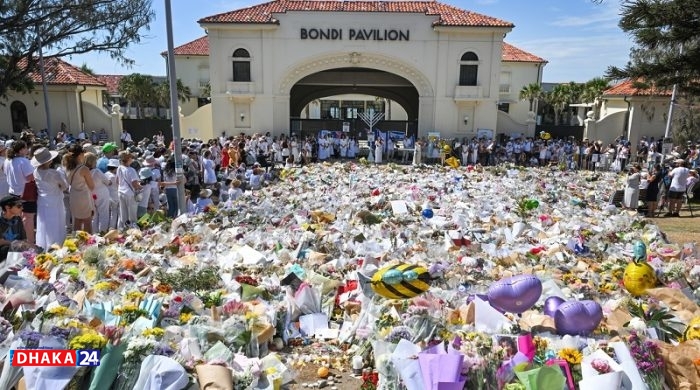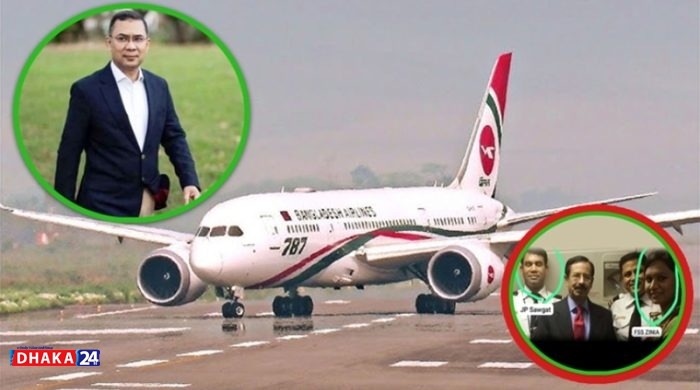How China is fighting in the grey zone against Taiwan

When Taiwan raised the alarm last month over a record number of Chinese fighter jets crossing the unofficial border between them, Beijing said that line did not exist.
The 103 fighter jets that China flew near Taiwan – 40 of which entered the island’s Air Defence Identification Zone (ADIZ) – were yet another escalation in Chinese war games.
Beijing, which has long claimed Taiwan, has in the past year repeatedly rehearsed encircling the self-ruled island with fighter jets and navy ships. The military drills have taken an especially menacing turn in light of China’s vows to “reunite” with Taiwan.
So far, the manoeuvres have fallen short of an invasion and stayed within a grey zone, which is military speak for tactics that fall between war and peace.
But Taiwan is now a tinderbox in what has become a volatile US-China relationship – and analysts say grey zone tactics are part of Beijing’s strategy to control Taipei without firing a single shot.
What is China trying to achieve?
Grey zone warfare tactics are aimed at weakening an adversary over a prolonged period – and that is exactly what China is trying to do with Taiwan, observers say.
By regularly crossing Taiwan’s ADIZ, Beijing is testing how far Taipei will go to reinforce it, says Alessio Patalano, a professor of war and strategy in East Asia at King’s College in London.
The ADIZ is self-declared and technically counts as international airspace, but governments use it to monitor foreign aircraft.
Taiwan has routinely scrambled fighter jets to warn off Chinese aircraft in its ADIZ – a response that can strain Taiwan’s resources in the long run, Prof Patalano said.
But that’s not the only goal – or benefit. For one, the drills allow China to test its own capabilities such as force co-ordination and surveillance, according to analysts. And two they fit China’s pattern of normalising increasing levels of military pressure on Taiwan to test the latter’s defences and international support for the island.
“This normalisation may one day serve to mask the first moves of a real attack, making it difficult for Taiwan and [its chief ally] the United States to prepare accordingly,” said David Gitter, a non-resident fellow at the US-based National Bureau of Asian Research.
Beijing’s moves also reset the baseline to deny Taiwan’s assertion that it has a border with China in the Taiwan Strait, the body of water that lies between the island and the Chinese mainland.
Chinese foreign ministry spokesperson Mao Ning said “there is no so-called median line” in the strait when asked about Taiwan’s reaction to the September drills.
“It also serves to numb Taiwan’s public to the threat posed by such a force, which may undermine political support for a more dedicated Taiwanese military preparation for the possibility of war,” he said.
Most analysts agree that Taiwan’s military – a shrunken army, outnumbered navy and old artillery – would be no match against a far more powerful China. Many Taiwanese seem to agree as well, judging by a survey last year by the Taiwan Public Opinion Foundation which found that a little over half of them think China will win if it goes to war – only a third believe Taiwan will win.
And yet appetite for a larger defence budget appears to be weak. Nearly half of Taiwanese people think the current spend is sufficient while a third think it’s already too much, according to a recent survey by the University of Nottingham. BBC


























